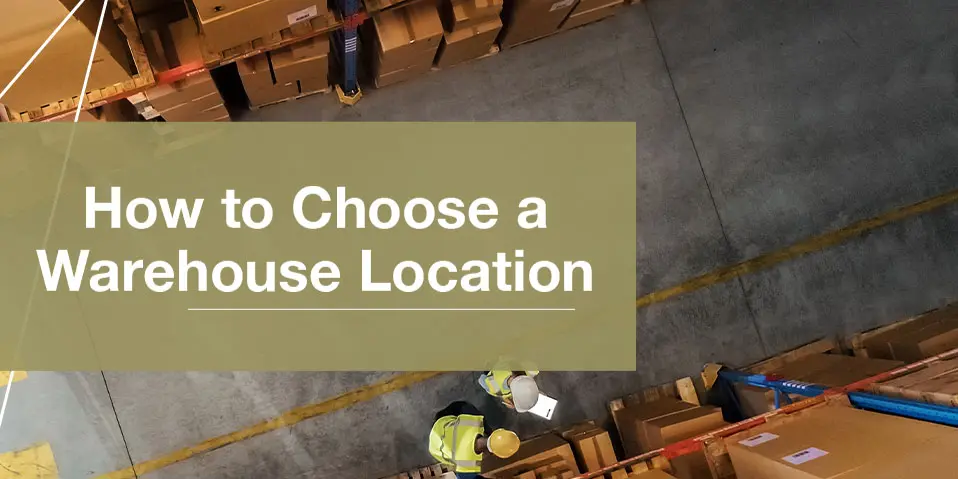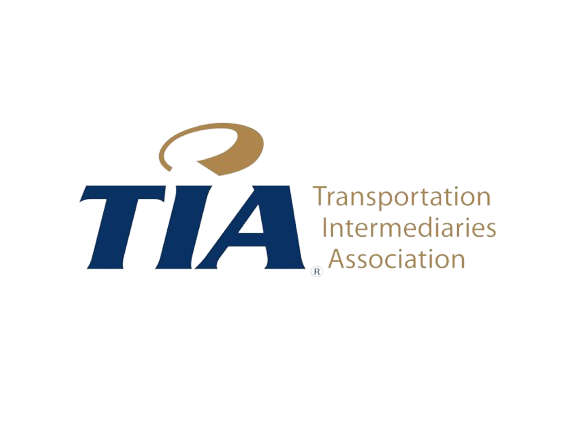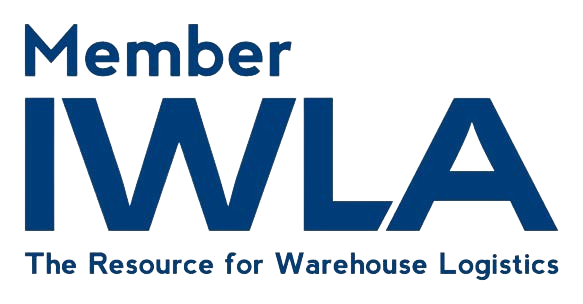Selecting the right location for your company’s warehouse operations creates more affordable and efficient storage and shipping. Plus, the ideal site helps you meet customer expectations better, leading to higher satisfaction and a healthier bottom line.
Top 7 Considerations When Choosing a Warehouse Location
Here are seven practical warehouse location strategies to help you find the perfect spot for your business.
1. Check How Close You Are to Your Suppliers
The distance between you and your vendors contributes directly to your overhead and risk. The closer you are, the more money your company saves on freight. Plus, you’ll mitigate the risks associated with transportation disruptions, which can be especially impactful for perishable goods.
For example, if your company receives goods at ports in Norfolk, Charleston and Wilmington, one regional warehouse facility will likely serve your needs. Conversely, receiving goods in geographically diverse locations requires a different approach — multiple facilities closest to your receiving areas. You can save more time and money with numerous warehouses than you will by transporting your goods to one location farther away.
2. Map the Possibilities to Customer Locations
Proximity to your customers is equally as essential as being close to your suppliers.
Modern consumers have come to expect order fulfillment as quickly as possible. They want it to be economical, too. You generate additional customer loyalty and a competitive edge when you meet those demands. Locating a distribution channel nearby naturally reduces the time goods take to reach their destinations and the associated transportation cost.
If most of your customers are in the Southeast, a centralized storage and distribution facility in the region makes perfect sense. For customer bases throughout the country, investing in a multi-warehouse strategy is often the best solution. The lower fulfillment times create better customer experiences that can help offset any increased costs in the long term.
3. Evaluate Accessibility to Major Transportation Hubs
Regardless of which method you rely on most, you’ll want to be closest to it to boost your volumes and reduce costs.
For example, companies primarily using air cargo should look for space close to a major airport or with easy access via the local highway system. Those who depend heavily on less-than-truckload (LTL) transportation can save money with a warehouse located close to LTL carriers and common shipping lanes. E-commerce businesses can improve fulfillment with sites near major parcel centers.
Storage and distribution facilities close to multiple transportation options are essential if your company’s supply chain relies on intermodal shipping or transloading services.
4. Investigate Highway, Road and Traffic Conditions
In addition to proximity to major transportation hubs, you’ll also want to investigate the impact of local highway, road and traffic conditions.
How close is the potential site to major highway systems? Is there only one or two nearby, or is the area well-connected to numerous expressways that can facilitate multiple shipping lanes? You’ll also want to consider the typical traffic volume and busiest travel times. Shipments that are consistently delayed because of congestion drive up fuel costs and create a poor customer experience.
The local road conditions are also key. Substandard surfaces and improperly maintained roadways can create safety and accessibility issues. Likewise, evaluate accessibility regarding traffic signals. A well-placed site should have adequate red lights and cycle times to help control and improve the local traffic flow.
5. Examine the Markets and Local Factors
Ideally, your warehouse’s location should be close to the employees you’ll work with. Keep in mind that the surrounding area’s demographics impact the wages you’ll pay and the expertise available. If there aren’t enough skilled workers in the immediate area, your service levels may decline, and you might have higher labor costs to attract the most qualified talent.
There are two other vital local considerations — the rent costs and disruptive event potential. Some areas are more competitive than others, and comparing the higher price per square foot with the overall location benefits is crucial. Government incentives or favorable tax structures may help offset the increased expenses. Similarly, some regions have the built-in potential for significant natural events, such as earthquakes and hurricanes, that you must evaluate for risk.
6. Assess Building Potential and Associated Costs
Before choosing your warehouse site, look closely at the building’s potential to scale with your company. Opting for a place in a crowded area only to find you can’t expand as your business grows means you’ll start the search for space from scratch. If no warehousing is available in the immediate area, relocation is a must, and the impact can waterfall. For example, your company may see an increase in employee turnover, leading to increased recruiting and training costs.
You’ll also want to pay careful attention to utility availability and costs. Most modern businesses need robust telecommunications solutions and internet access with the required speed and bandwidth. Consult with your IT professional to ensure the site meets or exceeds the demands of your particular technology and systems.
7. Know the Rules and Regulations
Weather events aren’t the only factor that can impact and disrupt your operations. Local rules and regulations may also come into play. For example, municipal laws may impose access limitations to particular areas on specific days or times.
They may also restrict vehicle sizes. Underpasses or bridges along the delivery lanes may have height or weight limitations. At best, these regulations cause a detour and delay. At worst, your goods are now in the back of a 13.5-foot-high tractor-trailer stuck under a 12.5-foot-high underpass.
Municipal legislation can pose another potential risk. Changes to existing laws or pushes to limit truck traffic could leave you scrambling for a new location at an inopportune time. Check to see if there are any pending measures before committing to a site.
Optimize Your Supply Chain with the Perfect Warehouse Location
Unlock unparalleled efficiency and productivity by selecting the perfect warehouse location for your supply chain.
Outsourcing vs. Buying Your Own Warehouse Locations
Perhaps the most important decision to consider when trying to find strategy warehousing locations is whether to outsource with a 3PL or purchase your own space.
Choosing to outsource your warehousing operations involves partnering with a third-party distribution company to handle your goods’ long- or short-term storage. This often comes with a contract warehousing agreement between you and the 3PL based on your distribution needs and the services required.
There are several reasons why choosing to outsource your warehouse location to a 3PL makes sense for your business. Here are some of the following benefits of this warehouse option:
- Industry expertise and knowledge
- Customized services and add-ons
- Increased security and reliability
- Ability to scale your business quickly
- Keeps your operations cost efficient
That said, deciding to outsource or keep your warehouse locations in-house depends on whether you have the resources to purchase, rent or build a facility. Additionally, running a warehouse requires staffing and management, which will add to your overall cost of choosing to keep operations internal. Furthermore, if you calculate your warehouse size needs and find that your business will not fill an entire facility regularly, then choosing to outsource operations to a third-party is the most economical option to keeping costs down.
Partner With Crown LSP Group for Distribution Solutions
We’ve been eastern North Carolina’s choice for customized end-to-end distribution solutions since 1987. Our team is a trusted source for logistics, transportation, warehousing and value-added services.
Request a free quote online, or call an expert at 252-985-1070.







